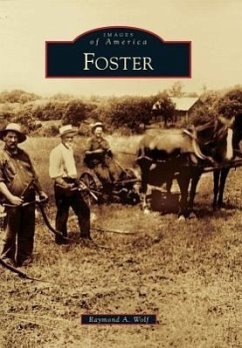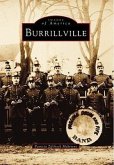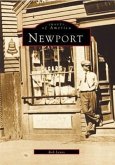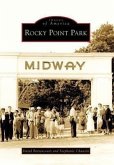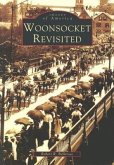Take a fascinating journey through the history of Foster, Rhode Island with more than 200 vintage photographs and anecdotes from the locals who experienced it. Foster, originally incorporated as part of Scituate in 1731, became a separate community in 1781. The town was named in honor of Theodore Foster, a coauthor of the Bill of Incorporation. By 1820, the population topped out at 2,900 and then sharply declined. The building of the Scituate Reservoir between 1915 and 1925 contributed to this decline as the Providence and Danielson Railway decided not to relocate trolley service to the area. The population would not surpass the 1820 figures until 1975, when it reached 3,000. Today, Foster is known for its simple, country lifestyle; friendly and neighborly residents; and plentiful open spaces with clean air and clear streams. Author Raymond A. Wolf is a member of the Scituate Preservation Society, the Foster Preservation Society, and the Rhode Island Historical Society. Besides the Foster Preservation Society, over a dozen residents of Foster graciously loaned their collections of postcards, photographs, and documents to bring this book alive.
Hinweis: Dieser Artikel kann nur an eine deutsche Lieferadresse ausgeliefert werden.
Hinweis: Dieser Artikel kann nur an eine deutsche Lieferadresse ausgeliefert werden.

